
views
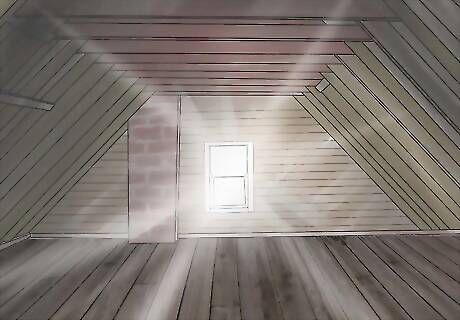
When working from an attic space, it will be significantly easier to access a wall space on the floor below by working either an interior wall or, the exterior wall that is on the gable end of the structure. It will be next to impossible to drill downward under the portion of the roof that slopes to the attic floor, without a "right-angle drill".

When working from a basement, inspection of the area in contact with the foundation or sill will be required. Some exterior walls are more accessible above one basement wall than another due to the way floor joists are installed. Either way, room to drill up from below will be required, unless opening the finished wall above to drill down is acceptable.
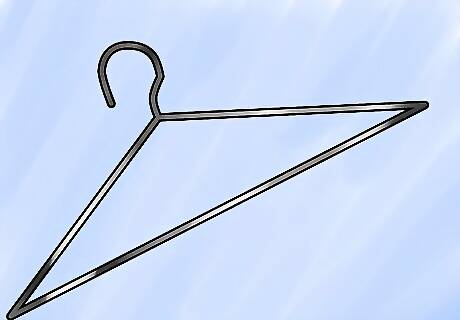
Cut the bottom straight portion off from a metal coat hanger. Clip one end at about a 45 degree angle to form a long "drill bit"

Chuck the "bit" into an electric drill - with the 45 degree angle out - it will serve as the cutting edge.
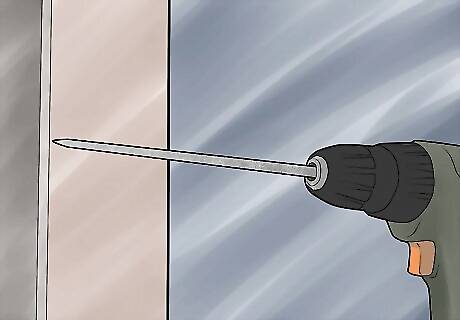
From inside the living space, position the bit against the wall directly above (if accessing from attic) or below (if accessing from basement) the desired location of the service the cable will provide.
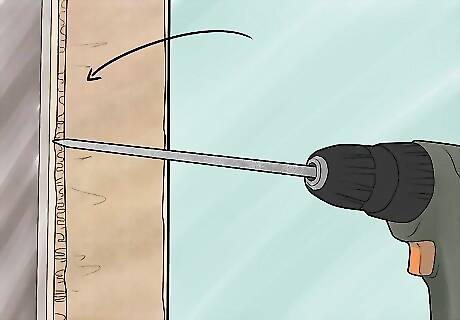
Protect the wall with a thin piece of cardboard, etc. and while loosely guiding the bit with one hand, apply even pressure with the other holding the drill while running it. If drilling up, through the ceiling, expect to pass through a thin coat of plaster and 5/8" of sheet rock and ⁄2 inch (1.3 cm) of strapping to which the sheet rock is secured. After that, drilling should be noticeably easier. You may need to withdraw the drill and clip the end again to make a new sharp edge. Continue drilling until 6 inches (15.2 cm) or so have been pushed into the hole. Once through - do NOT pull the drill out - unchuck the "bit" and leave in place.

If drilling downward through the floor, repeat the above procedure, but expect to pass through ⁄4 inch (1.9 cm) sub-floor and up to an additional ⁄4 inch (1.9 cm) of finish floor (hardwood, etc.). Once 2 inches (5.1 cm) have been penetrated, it should be much easier to drill. Continue drilling until 6 inches (15.2 cm) or so have been pushed into the hole. If not it is possible that the drill bit aligned with a floor joist. Do not pull the bit out - but unchuck it from the drill instead and leave in place.
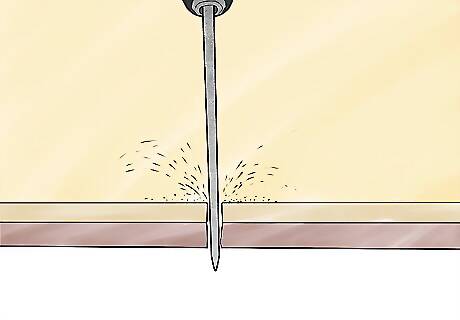
Go to the space into which the drill was boring. Locate the "bit". Remove any insulation in the general area to make the bit easier to locate. If unable to locate the bit, repeat the drilling process after moving to a spot a couple of inches away from the first hole.
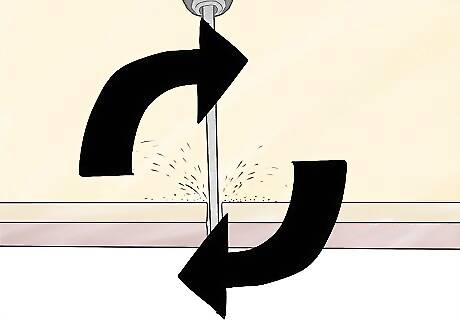
Repeat as required until the bit is located.
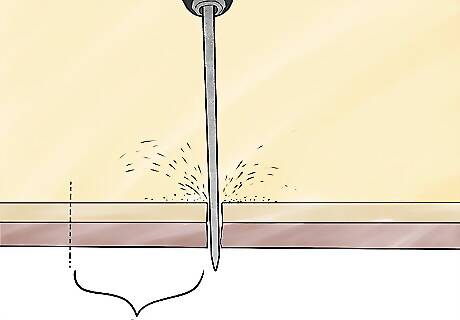
While in the space drilled into, using the bit as a locator for the wall above or below (as the case may be), select a spot TWO inches "back".

It is very important to know which direction "back" is. If the correct direction is chosen, it would be "back" into the wall space, as opposed to 2 inches (5.1 cm) in front of the wall space - in the ceiling.
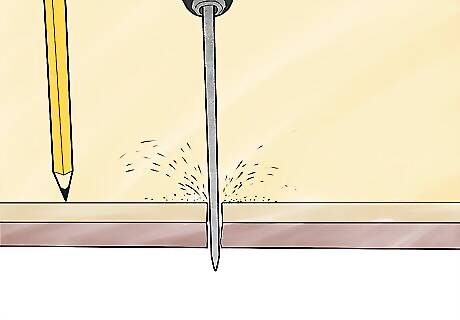
Mark the spot with pencil, etc.
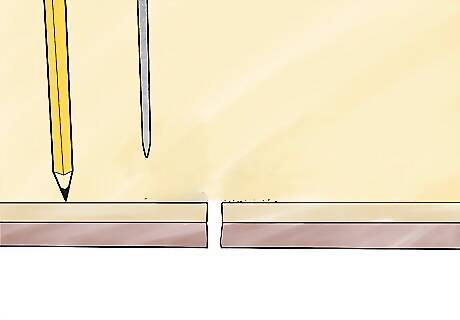
Remove the "bit" from hole and chuck in drill again.
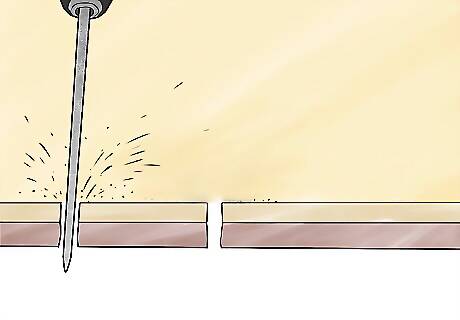
Drill with the "bit" on the mark that was two inches "back".
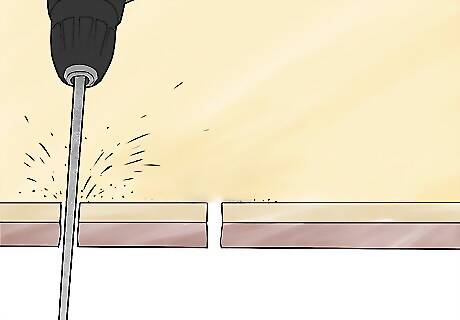
Run the drill until 6 or more inches have been pushed into the hole.
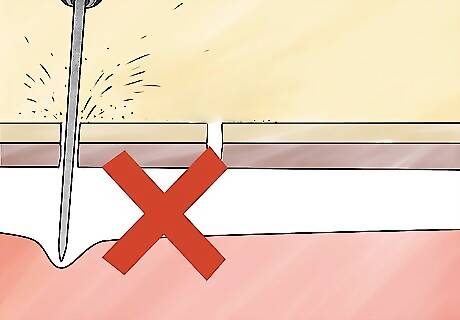
Verify that the bit is NOT protruding through the ceiling, doorway, floor space, etc.
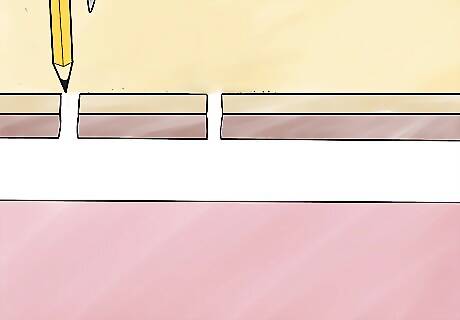
Mark the spot that "bit" is in and withdraw the bit completely.

If the "bit" appeared where not expected, try again until successful.
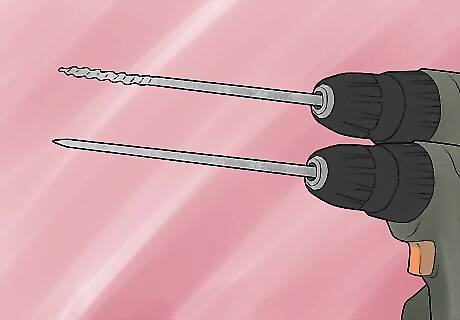
Chuck a drill bit sized to allow the cable to pass easily through the hole it creates. This bit should be at least as long as the amount of the coat hanger "bit" that was needed to penetrate the space.
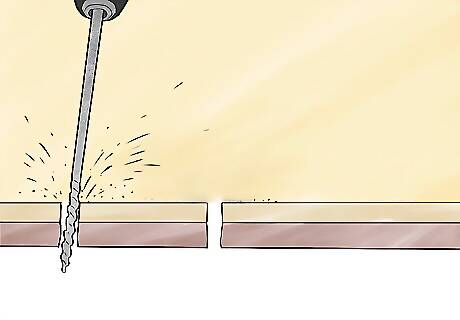
Carefully drill the spot made above. Balance the speed of the bit and the pressure applied on the drill as needed. Avoid high speed drilling operation as if things go wrong, they'll happen much quicker at high speed (and do more damage as a result)!
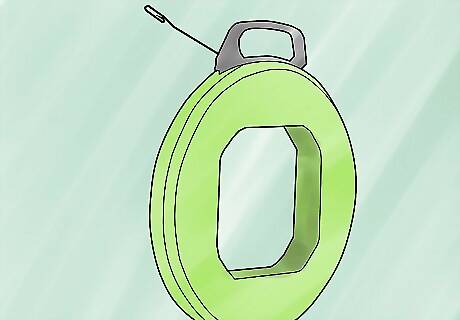
Once the resistance of boring through wood and possibly nails eases up, withdraw the drill and push a snake or fish tape into the hole. Push in as much as needed plus a couple of feet to reach the desired location. Go to the living space and determine where the snake is while a helper shakes the snake in the wall space.
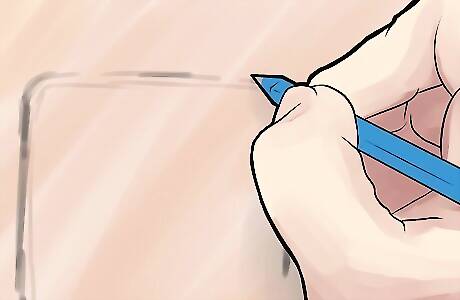
Once sure where in the wall the snake is, trace an old-work switch box on the wall at the same height as other boxes in the room.
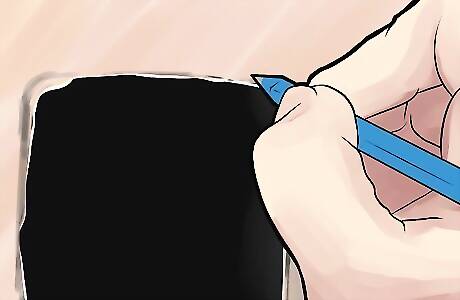
Cut out the tracing on the wall. Reach into the space and grab the snake. If unable to grab the snake, make sure it has been pushed far enough into the hole and have the helper shake the snake again until you are able to grab it.

Once it is in your hand, have the helper slowly withdraw it until you have the end.

Pull the snake out of the wall.

Connect durable string, wire, etc. to the snake and secure with tape for use as a "pull". Have the helper pull the snake out of the hole.
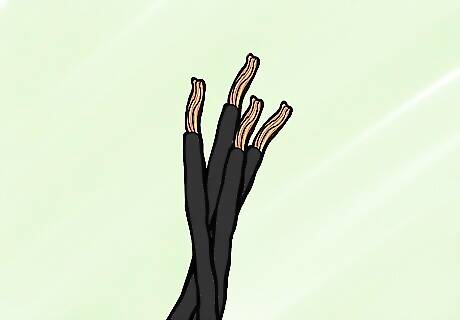
Have the helper connect the new cable or wire(s) to the "pull".
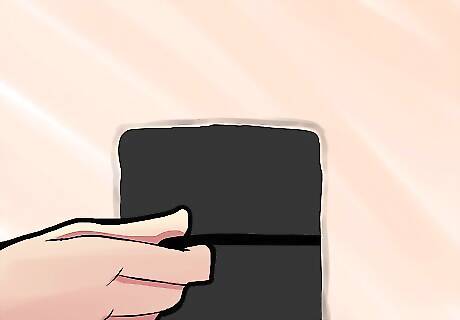
Withdraw the "pull" while your helper guides and feeds the new cable into the hole.
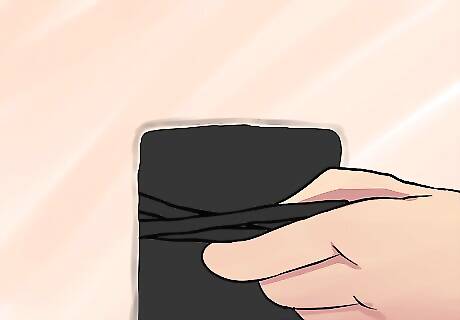
Pull enough cable or wire(s) to work with and press into the box's opening.
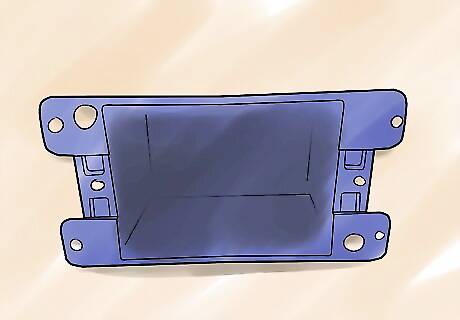
Secure the box into the wall.
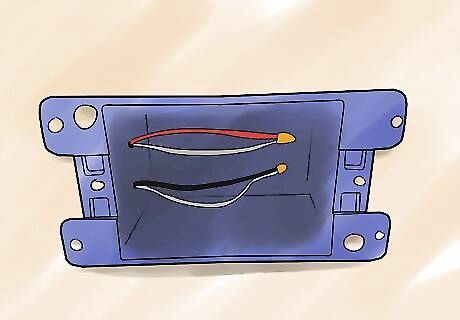
Terminate the cable or wire(s) to the proper device and trim out with a wall plate.
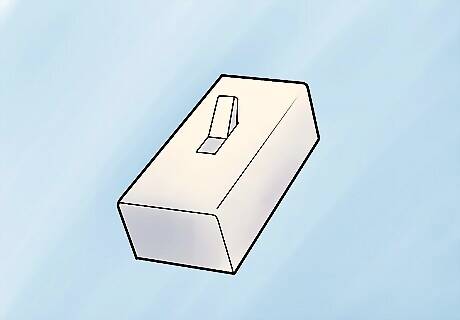
Connect the other end of the cable or wire(s) to appropriate splitter, multi-switch, transformer, terminals etc.

















Comments
0 comment